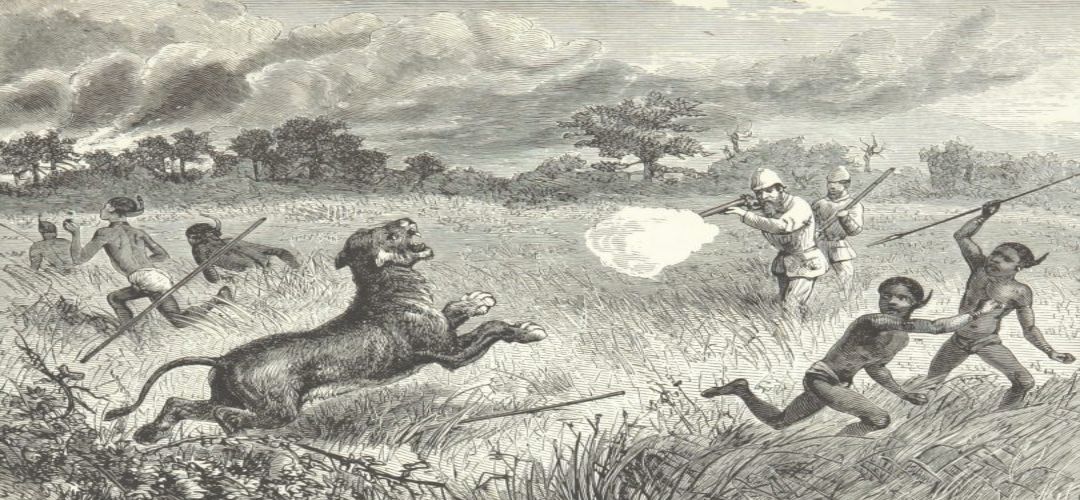China’s Journey into the United States’ own backyard reflects its growing outreach.
China’s growing influence in Latin America mirrors a complex dance where economic opportunities are intertwined with geopolitical manoeuvres. Chinese investments in energy, infrastructure, and space sectors resemble threads weaving a tapestry of economic connectivity across the region. At the same time, Beijing’s diplomatic and cultural engagements are the music guiding this intricate dance.
Meanwhile, concerns from the United States and its allies about China’s intentions in the region add a layer of friction, like spectators closely scrutinising each move on the dance floor for underlying motives. In the early 2000s, China was eyeing Latin America when the USA shifted its focus to the Middle East. As Chinese Foreign Minister Wang Yi remarked, “The historical ties between China and Latin America are like threads woven through time, connecting our peoples across oceans and continents”. By 2020, trade between China and Latin America had grown to $450 billion yearly and only steadily grew.
China’s growing footprint in LATAM has been worrying regional powers like Brazil, which has now responded with a 20 per cent tariff on cheap imports from China. This affects purchases made through foreign e-commerce websites for items under $50 (€46). More such actions might follow as China tries to wiggle its way into Latin America.
Background
China’s historical ties with Latin America trace back to the Manila Galleon trade route in the 16th century. By the 1840s, the arrival of Chinese immigrants as indentured labourers in Cuba and Peru, mainly working in sugar plantations and silver mines, marked a pivotal period. Throughout the following century, China’s engagement with the region was largely defined by migration patterns while Beijing navigated internal changes and challenges. Today, China’s presence in Latin America has expanded beyond migration to encompass robust economic partnerships, infrastructure investments, and diplomatic exchanges. This evolving relationship underscores China’s growing regional influence and its strategic efforts to foster mutually beneficial ties across diverse sectors.
Meanwhile, American companies are losing their grip on Latin America. According to data from the U.S. Commerce Department, direct investment by American businesses in Latin America has decreased by about 20 per cent since 2011. China has been able to flow into the space so created. Last year, Chinese banks gave $22 billion to Latin America. “There’s a void in Latin America as Western capital withdraws. Why wouldn’t the Chinese desire to occupy that space? Margaret Myers, an expert at the non-banking Inter-American Dialogue, said that’s more than the World Bank and Inter-American Development Bank sent to the area combined. “These countries have welcomed China with open arms,” Myers states.
China’s military presence in Latin America has been a topic of increasing interest and scrutiny in recent years. While historically focused on economic and diplomatic ties, China has also engaged in military cooperation with several regional countries, primarily through arms sales, joint military exercises, and training programmes. This strategic involvement reflects China’s broader global ambitions and its efforts to secure resources and markets. President Xi Jinping noted, “Military cooperation is an important component of China’s comprehensive partnerships with Latin American countries, contributing to regional stability and mutual development.”
China invests in specific sectors, such as energy, infrastructure, fossil fuels, and trade. It has also invested in Space research programs, especially in Argentina, which might be unfamiliar territory for them. Chinese companies in Latin America increased their investments by 33% from 2018-2023, focusing on smaller-scale projects in “new infrastructure” sectors like telecommunications, fintech, and renewable energy. In 2022, 60% of China’s investments were in these frontier sectors, viewed as less operational and reputational risk.
Despite its geographical disadvantage, China is the second-largest importer of commodities from Latin America and the largest trading partner for Brazil, Peru, and Chile. Its demand boosts the agriculture and mining sectors and invests in infrastructure projects like the Trans-Amazonian Highway. All these developments certainly come with a cost. One that China will hold against Latin America in the future.

Analysis
Clearly, Washington has dropped the ball on diplomatic and trade relations in Latin America, an omission advantageous to Beijing. China has gone from a peripheral actor to taking centre stage in Latin America in just two decades. China has eclipsed the United States in technology, telecommunications, and energy infrastructure.
Acutely aware of Chinese spread into LATAM, the U.S. has evinced renewed interest in economic cooperation with the area, particularly in areas of shared strategic interest. Even though certain U.S. businesses, like Intel, are increasingly concentrating on integrating regional partners into their supply chains, the U.S.’s efforts to compete with China have primarily focused on developing local capacity in these critical industries. Some view Joe Biden’s historic Inflation Reduction Act (IRA), which aims to de-risk vital supply networks and encourage the energy transition, as an opportunity for Latin America. For instance, some nations in the area might gain preferential market access for their lithium or other essential components of supply chains for emerging technologies and energy.
China has become a significant partner for Latin American countries seeking infrastructure, energy, and debt financing investments. Trade between China and Latin America has grown by 2600 per cent in the last 20 years, making China South America’s main trading partner and Central America’s second-largest trading partner. Twenty-one countries are now part of the Belt and Road Initiative.
Latin American countries are increasingly involved in the geopolitical rivalry between the U.S. and China, with tensions between Guatemala and Costa Rica and China likely to escalate. China’s relations with Nicaragua remain ambiguous, with the authoritarian government banning NGOs and Chinese companies receiving mining concessions. The Central American Parliament, comprising Guatemala, El Salvador, Honduras, Nicaragua, the Dominican Republic, and Panama, voted to remove Taiwan as a permanent observer and replace it with the People’s Republic of China.
The news that China prohibited importing Guatemalan coffee and other items shocked Guatemalan exporters. An official explanation was not provided, but Guatemalan President Bernardo Arevalo assumed there was a link to his nation’s relations with Taiwan. Arevalo remarked, “We will take care of it.” Guatemala is now the only nation in Latin America with diplomatic links to Taiwan, except for Paraguay. Honduras and Nicaragua have shifted their allegiance in recent years, abandoning Taiwan in favour of closer ties with China.
China enhanced diplomatic and strategic ties with the nations to control the international narrative. A former U.N. employee submitted evidence suggesting China is influencing multilateral institutions to reshape the international order, including silencing discussions on sensitive topics and manipulating reports. A UN whistleblower claims China is attempting to reshape the international order by taking over multilateral institutions, influencing votes and bribing two General Assembly presidents. China does sway its power using Latin American nations in the U.N. The more countries it provides aid and assistance to, the more likely they are to favour a Chinese resolution.
Assessment
- China is South America’s leading trading partner and a significant contributor to foreign direct investment and financing for energy and infrastructure projects, notably through its extensive Belt and Road Initiative. This has given it leverage to increase Soft Power and slowly expand its hegemonic tentacles.
- Any deal with China will always include a component that strengthens Beijing’s position. China’s attempts to counter the West have paid well in Latin America.
- China’s investment in a country is certainly not out of the kindness of their hearts; instead, they expect a return on their investment in the future. The debt is never forgotten or forgiven; you only have to look at Sri Lanka and Pakistan to get an idea.




